The Section starts from the city of Esposende to the north, always close to the coast. The next city, Viana do Castelo, is about 20 kilometers away.
Viana deserves a long look. It is a city enriched with emblazoned palaces, churches and convents and fountains that constitute a heritage worthy of a visit.
Facing the sea, which made the history of Viana do Castelo, a baroque church holds the image of the Lady of Agonia, a favorite of fishermen. Every year, thousands of people celebrate the “Senhora da Agonia” Pilgrimage, filling the streets and squares of the city with the joy of the “Gigantones & Cabeçudos”.
The Basilica of Santa Luzia, located on Monte de Santa Luzia, with an architectural typology of Romanesque-Byzantine inspiration, is a unique place. From this place you can dominate an important stretch of the Lima Valley and a large part of the seafront, to the north and south of the river estuary, as well as the green mountains. This panorama was, in fact, considered by National Geographic Magazine as the third most beautiful in the world.
Viana is also known for its gold filigree and has known how to maintain its traditions, as can be seen in the Museu do Traje (costumes and gold), the Museum of Decorative Arts or the Gil Eanes ship.
In this city you can also visit the Fishing Port and watch the boats set off for work.
Continuing your journey north, go to Praia de Vila Praia de Âncora, which stretches from the fishing port to the mouth of the Âncora River. You can also visit the Forte da Lagarteira in Portinho or the Dolmen da Barrosa.
Between Vila Praia de Âncora and Caminha you will find Praia de Moledo with an equally long white sand. In Moledo you can see the Forte de Ínsua on a small island 200 meters from the coast. Here there is a drinking water well, notable for being in the middle of the sea, being one of only three in the world.
At the end of the Section we find the city of Caminha. Fortified border town at the mouth of the River Minho, with magnificent beaches, landscapes of rare beauty, mountains and rivers, in a true diversity of landscapes. Along Rio, the Ecopista do Rio Minho begins and continues to Valença. From the historical heritage we can highlight the visit of the Clock Tower, the 17th century Walls, the Fountain and the Main Church. Of the natural heritage, we highlight the Rio Minho Estuary and the Camarido National Forest (protected area).
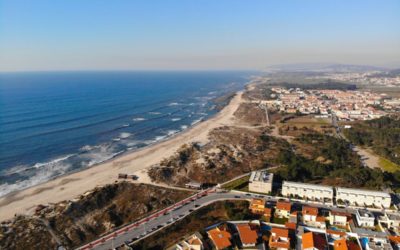
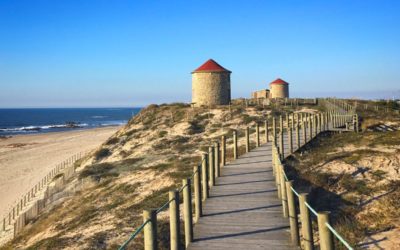
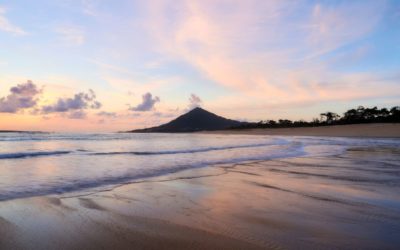
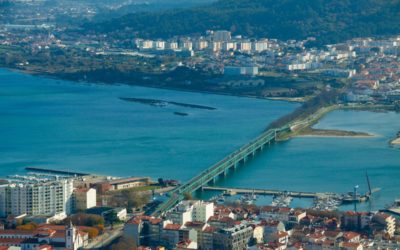
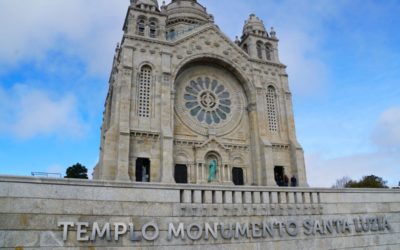
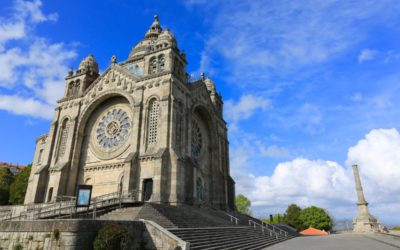
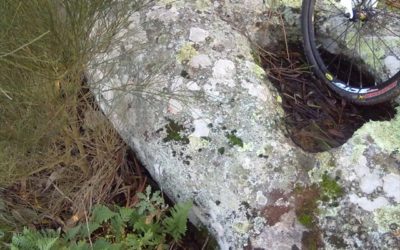
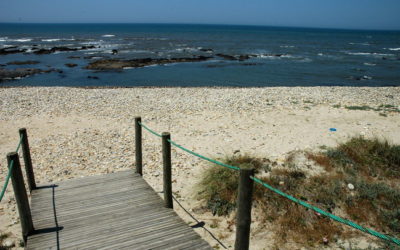

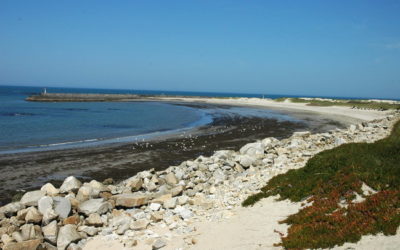
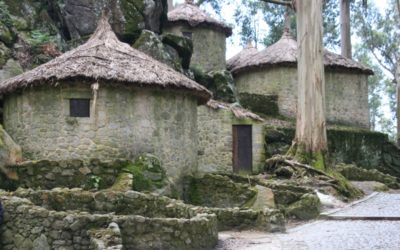
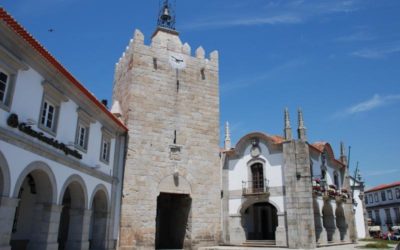
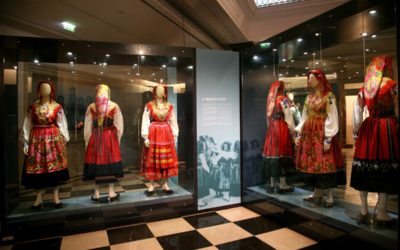
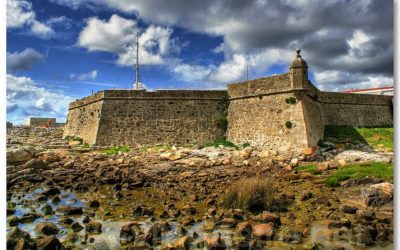
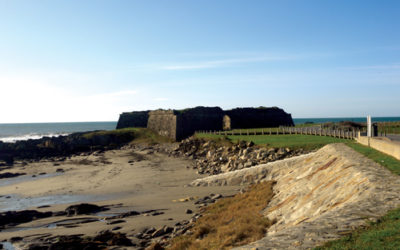
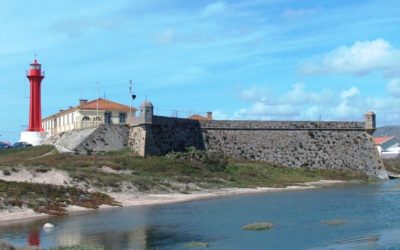
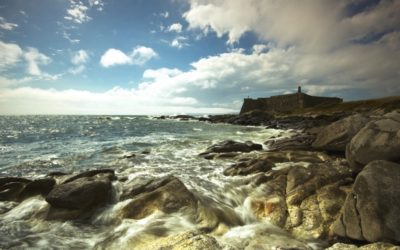
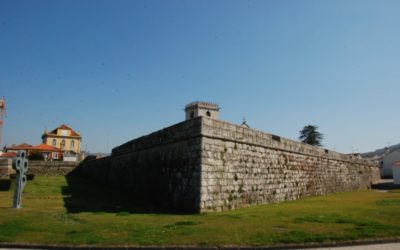
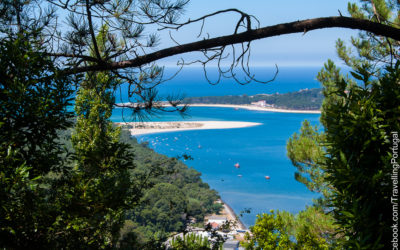
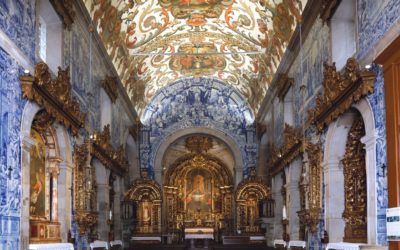



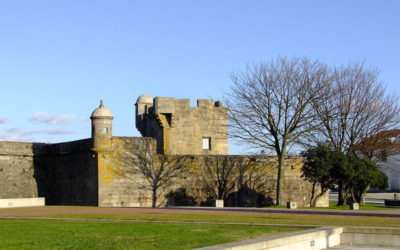
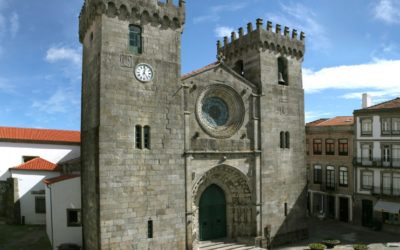
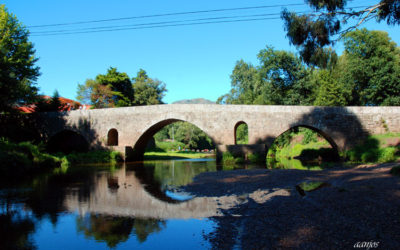
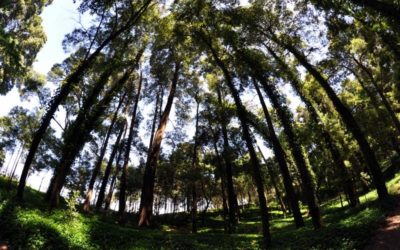
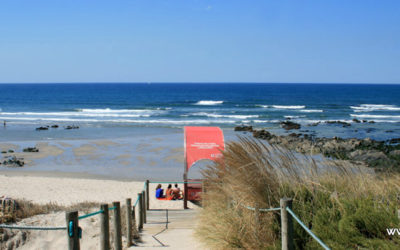
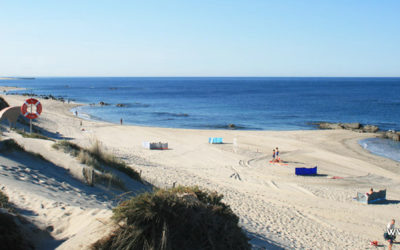
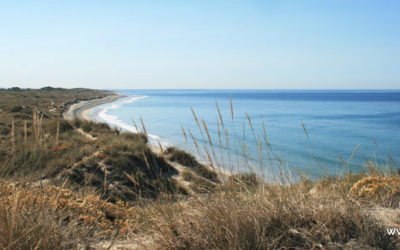

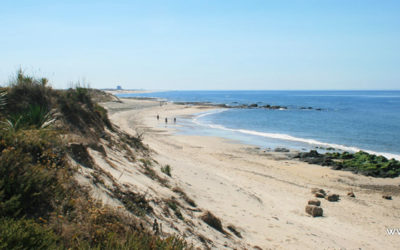
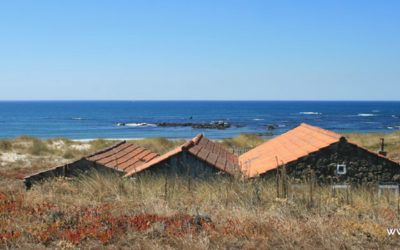
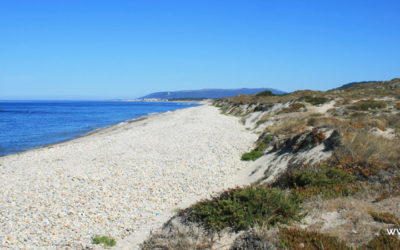
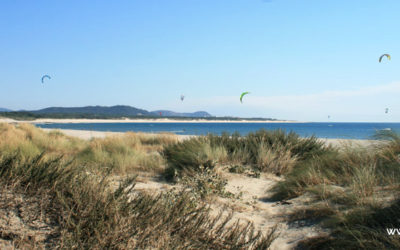
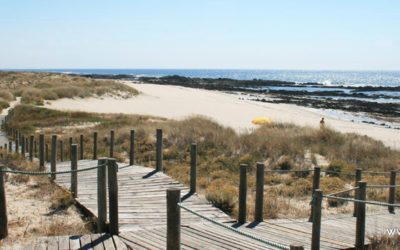
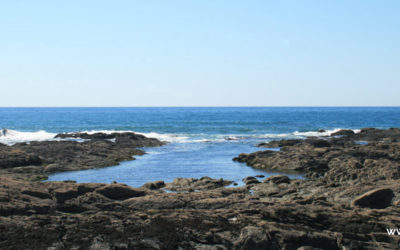
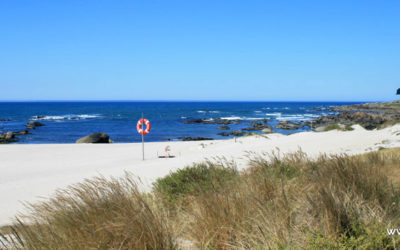
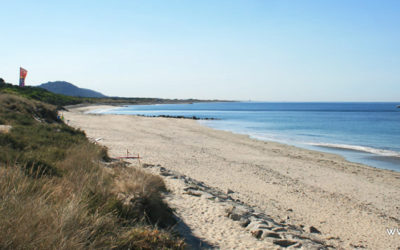
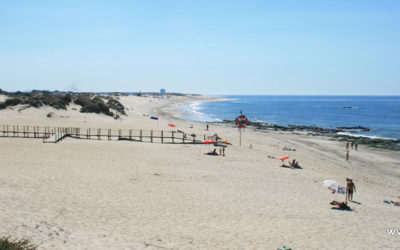
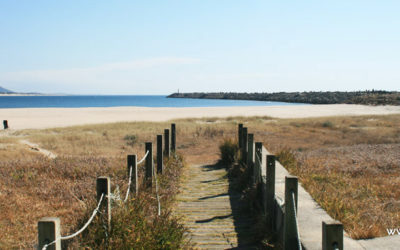
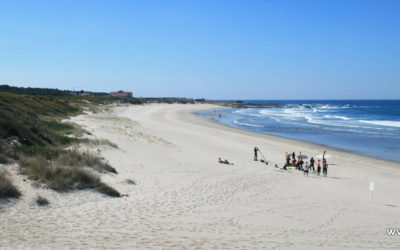

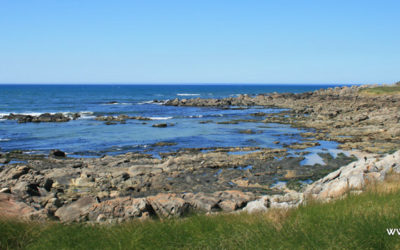
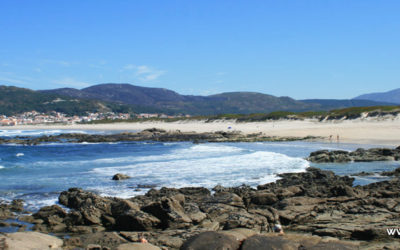

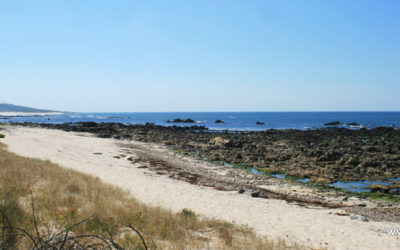
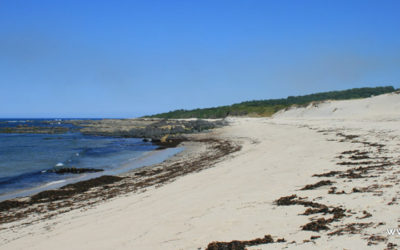
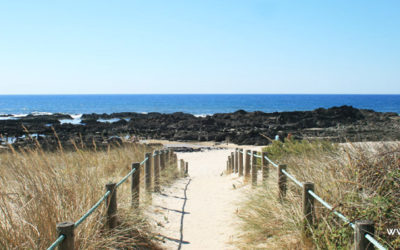

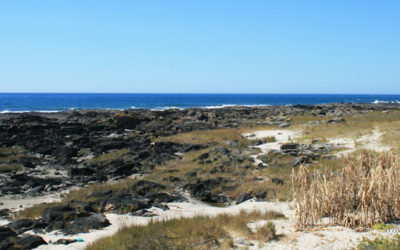
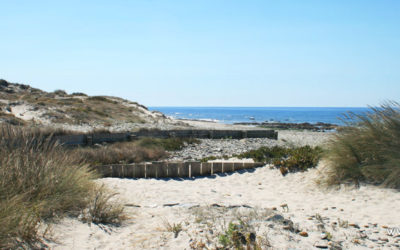
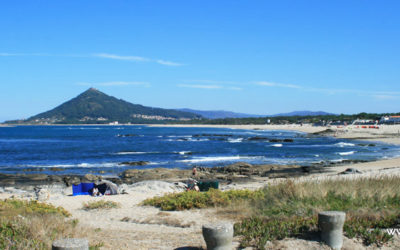
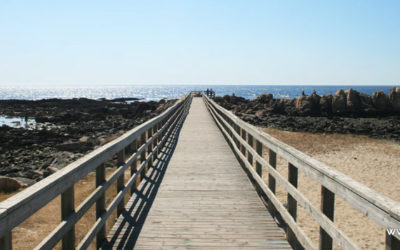
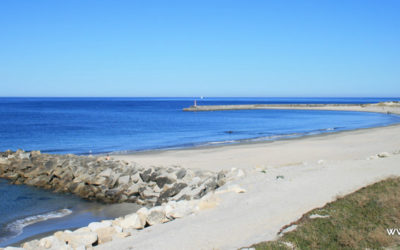
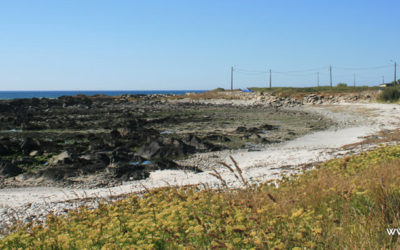
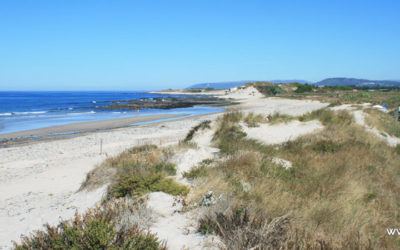
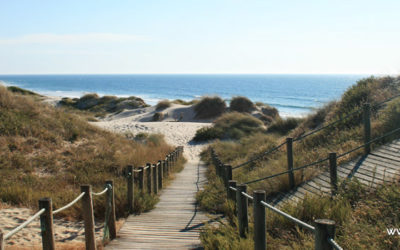


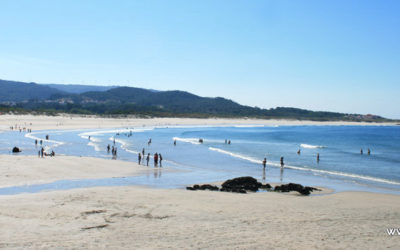
Comments: Section 29